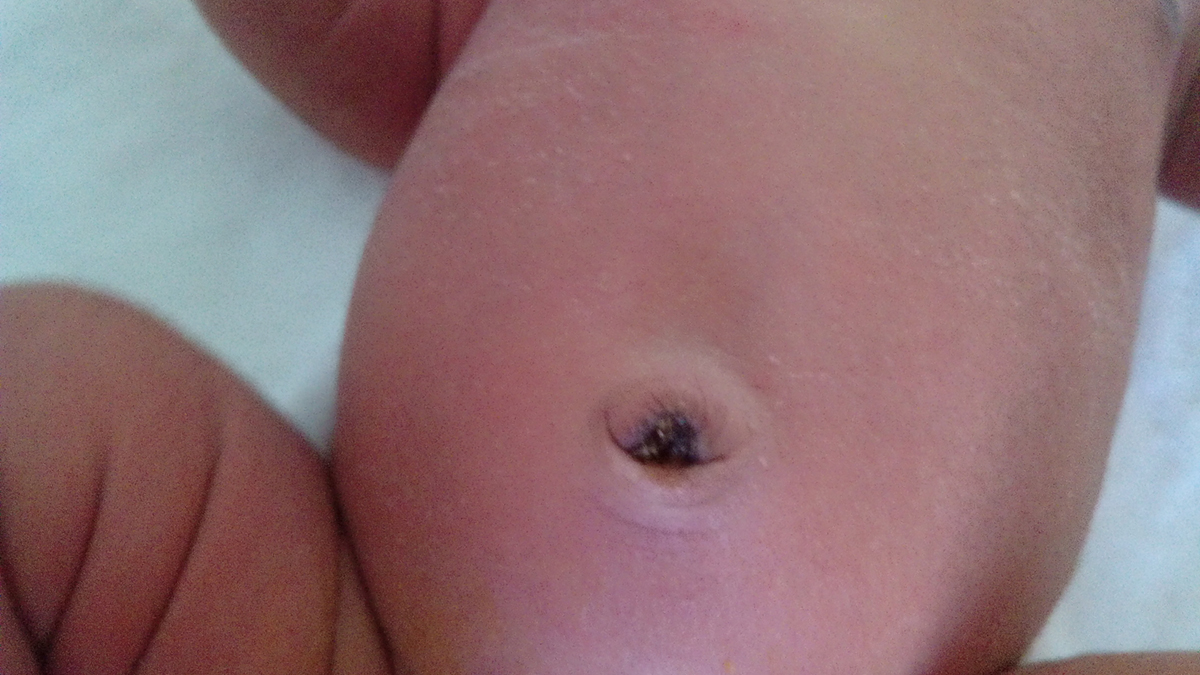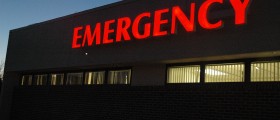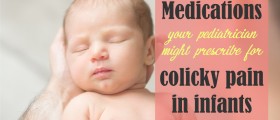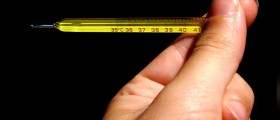
Seizures in infants can occur due to a variety of reasons and pre-existing conditions. In infants the seizures most commonly occur during the first year of their lives. Still in some infants seizures may occur even a few days after the delivery. These seizures are connected to problematic and stressful delivery, certain infections or acute chemical imbalance. They actually withdraw after certain period of time and with proper treatment. The problem lies in seizures which are the cause of congenital abnormalities. They occur due to improper development of the brain and require medicamentous treatment throughout lifetime.
Causes of Seizures in Children
The baby's brain is very sensitive while the baby is in the uterus, during the delivery and even after the birth.
In majority of cases seizures are caused by genetic a chromosomal brain disorders. Furthermore, trauma to the brain tissue can additionally cause seizures. Brain hemorrhage and infections can be also responsible for seizures. Viral infections that can easily cause seizures in infants include rubella, toxoplasmosis, cytomegalovirus, herpes simplex virus, HIV, coxackievirus B, and many more. Even certain bacteria such as escherichia coli and streptococcus can be a trigger. Seizures also occur in sepsis. Babies are very susceptible to imbalance of electrolytes. This as well as problems with metabolism may be additional cause of seizures. And finally, many infants who develop high body temperature also develop seizures. These ones are classified as febrile convulsions and they only occur when a baby is suffering from increased body temperature.
Symptoms of Seizures in Infants
Rhythmic movements of the eyes or extremities can point to seizures. Seizures also feature with rapid Flexing of the arms or legs. Even unexpected increase in body stiffness can point to seizures. And finally, sudden jerky movement can be easily noticed.
Treatment for Seizures in Infants
The first thing a doctor does is administration of medications that are going to stop the attack. Then s/he will perform certain tests and examinations in order to find the underlying condition which has led to seizures.
Neuroimaging procedures such as CT, MRI, PET or SPECT can perfectly visualize brain damage or electrical disturbance. The blood and urine samples can point to infection or metabolic problems. In infants who have been suffering from increased body temperature the doctor can suspect in febrile convulsions.
The problem is that 30-50% of all infants will experience the second attack of seizures. In case that seizure lasts more than 15 minutes the doctors administer medications. Precautions are taken since doses in infants drastically differ from doses in adults.




-In-Infants-And-Older-Children_f_280x120.jpg)












Your thoughts on this
Loading...